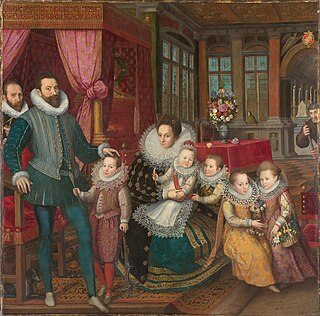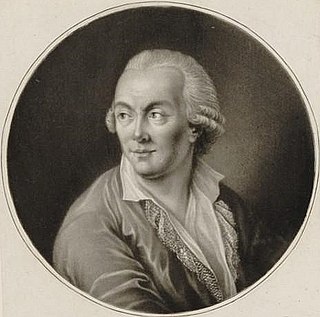
Asse is a municipality located in the Belgian province of Flemish Brabant. It comprises the towns of Asse proper, Bekkerzeel, Kobbegem, Mollem, Relegem and Zellik. Asse is also situated in the Pajottenland. As of 2020, Asse had a total population of 32,958. The total area is 49.64 km² which gives a population density of circa 660 inhabitants per km².

Wemmel[ˈʋɛməl](listen) is a municipality located in the Belgian province of Flemish Brabant. The municipality only comprises the town of Wemmel proper. On January 1, 2006, Wemmel had a total population of 14,774. The total area is 8.74 km² which gives a population density of 1,690 inhabitants per km².

Alphonse Hubert François Balat was a Belgian architect.

The Belgian nobility comprises individuals and families recognized by the Kingdom of Belgium as members of a certain social class. Historically, these individuals were a socially privileged class enjoying a degree of prestige in society. In contemporary society, much of the historic social privileges associated with being a member of the nobility have become somewhat reduced, reflecting the more egalitarian nature of the present-day.

Henri van der Noot, in Dutch Henrik van der Noot, and popularly called Heintje van der Noot or Vader Heintje, was a jurist, lawyer and politician from Brabant. He was one of the main figures of the Brabant Revolution (1789–1790) against the Imperial rule of Joseph II. This revolution led to the short-lived existence of the United States of Belgium with himself as Prime Minister.
Ilse is a common female name, technically a German diminutive of Elisabeth, functioning as a given name in its own right chiefly in Austria, Belgium, Germany, the Netherlands, Switzerland and all of the Scandinavian countries including Finland. It may refer to:

The Collegiate Church of St. Gertrude is a historical building in Nivelles, Walloon Brabant, Wallonia, Belgium, which was built in the 11th century.

The Château des Amerois is a 19th-century neo-gothic style castle in the Ardennes forest, south-east of Bouillon, Wallonia, Belgium. Replacing an original building destroyed by fire, the current castle was built from 1874 to 1877 for Prince Philippe, Count of Flanders.
Van Assche is a Dutch surname meaning "from Asse". Notable people with the surname include:
Van der Noot is a Dutch or Flemish surname, with several variations. Van der Noot may refer to:
Elisabeth, Countess van der Noot, Countess of Assche was a Belgian aristocratic lady. During the Second World War, she became friendly with the highest circles of the German occupation authorities, whilst in a few occasions helping the resistance.

de Lannoy is the name of a Belgian noble family that takes its name from the French town of Lannoy, Nord. The name comes from l'Annoy which means «the alderwood» in Picard French of Flanders.

Marquess of Assche is a title belonging to the Belgian nobility, Assche is the old writing of the city of Asse. The Margraveships still stands today and belongs to the House van der Noot. Today the current Marquess of Assche still resides in Belgium.
Theodore Charles Antoine van der Noot, 8th Marquess of Assche and 6th Count van der Noot was a Belgian courtier and member of high society.

The House of van der Noot is a Belgian Noble family.
Marie Josepha Taye, Countess van der Noot and Marquise of Assche and Wemmel, was a noble lady from Flanders.
Roger-Wauthier van der Noot, born 27 February 1644, was a mayor of Brussels. He became the 1st Baron of Carloo.
Adrienne Barbanson van der Noot (1875–1944), Marquise of Assche and Wemmel, was an aristocratic patron of the arts in Belgium before and during the Second World War.
This page is based on this
Wikipedia article Text is available under the
CC BY-SA 4.0 license; additional terms may apply.
Images, videos and audio are available under their respective licenses.








